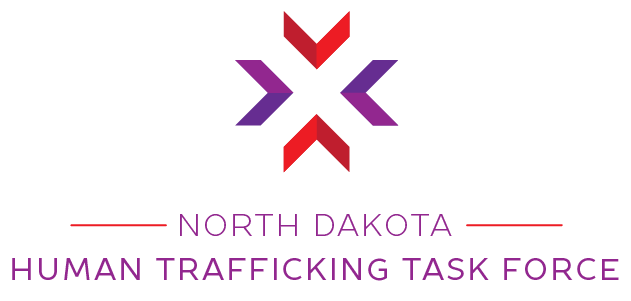Native Americans and Human Trafficking in Urban and Tribal Lands
Presenters: Jess Roscoe, Jessica Buxbaum, Jeffrey Holt, Rwatie Matsika (Legal Services of North Dakota)
Type: Breakout Session
Session Overview
This session dove into the distinct challenges faced by Native American communities—both in urban environments and on tribal lands—when it comes to identifying, responding to, and preventing human trafficking. Legal Services of North Dakota (LSND) shared civil-legal strategies and highlighted crucial jurisdictional complexities that often block protections for survivors.
Key Takeaways
1. Jurisdictional challenges greatly impact outcomes
Tribal sovereignty, federal treaties, and landmark court cases create a tangled legal environment. Important rulings—such as Worcester v. Georgia (1832) affirming tribal law—and later decisions weakening tribal courts’ power—can delay or deny justice for survivors.
2. Federal and tribal laws evolving to bridge gaps
Recent positive developments include:
The Major Crimes Act (federal oversight for serious offenses)
Violence Against Women Act (VAWA) reauthorization in 2022, explicitly including sex trafficking
Savanna’s Act and Tribal Law and Order Act, enhancing data sharing, victim services, and sentencing capacity
Start of statewide “Feather Alert” systems for missing Indigenous persons
These are steps forward, but more federal support and investment in tribal justice systems are still needed.
3. Legal services must be trauma-informed and culturally attuned
LSND emphasized a person-centered approach: listening to survivors, letting them choose tribal or state court venues, and aligning civil remedies—like protection orders, custody, housing, immigration aid—as survivors regain stability.
4. Urban anonymity & tribal isolation both fuel vulnerability
Traffickers exploit the invisibility of Native people in cities and the isolation of those on reservations. Resources like tribal victim specialists, culturally specific shelters, and tribal community partnerships—especially across state lines—are vital for effective outreach and support.
Powerful Quote
“Human trafficking is already complex. Add a tangle of legal jurisdiction, and survivors often don’t get justice.”
— Jess Roscoe, Supervising Attorney, LSND
Jess Roscoe
Legal Services of North Dakota
Practical Strategies Shared
Collect & share tribal data: Rooted in high prevention and targeted intervention.
Let survivors choose their legal path: Both tribal and state courts matter—and survivors should have agency.
Offer wrap‑around civil services: From protection orders to immigration support, holistic approaches help survivors rebuild.
Build multi‑agency collaboration: Task forces must include tribal representation, victim specialists, law enforcement, advocates, and legal service providers alike.
Why It Matters for North Dakota
Tribes such as Turtle Mountain, Spirit Lake, Standing Rock, and others—home to a large percentage of Native North Dakotans—face jurisdictional and resource challenges unique to trafficking cases. LSND plays a key role, offering culturally informed civil remedies and helping survivors overcome barriers across legal systems.
What You Can Do
Support or collaborate with Legal Services of North Dakota, especially their tribal outreach efforts. www.lsnd.org
Encourage data collection and sharing on trafficking in Native communities
Advocate for expanded funding and authority for tribal justice systems and culturally specific victim services
Ensure tribal voices are represented in task forces, working groups, and policymaking



